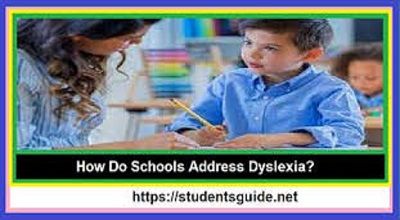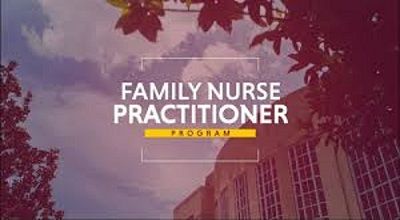Schools Address Dyslexia
Schools address dyslexia in various ways, focusing on early identification, tailored instruction, and appropriate accommodations. Here’s an overview:
- Early Identification and Assessment: Schools often implement screening processes to identify dyslexia risks early in a student’s academic career. This involves assessing students’ reading skills and looking for signs consistent with dyslexia. Once identified, a more detailed evaluation is typically conducted to understand the specific needs and challenges of the student.
- Structured Literacy Programs: Structured literacy is an evidence-based approach that is particularly effective for students with dyslexia. It includes explicit, systematic instruction focusing on phonological awareness, decoding, spelling, and syntax. These programs are designed to be explicit, systematic, cumulative, and multisensory, addressing the specific learning needs of students with dyslexia.
- Use of Assistive Technology: Schools are increasingly incorporating assistive technology to support students with dyslexia. This includes tools like text-to-speech software, speech-to-text applications, and other digital resources that help students access and process written material more effectively.
- Multisensory Instructional Strategies: Teachers use multisensory teaching methods that engage more than one sense at a time. For instance, combining visual aids, auditory lessons, and tactile activities helps students with dyslexia connect and understand concepts more effectively.
- Teacher Training and Professional Development: Educators receive training in understanding dyslexia and effective teaching strategies. This includes learning about structured literacy approaches and how to implement them in the classroom.
- Individualized Education Programs (IEPs) or 504 Plans: For students with diagnosed dyslexia, schools may develop IEPs or 504 Plans. These plans provide a structured framework for accommodations and modifications in the curriculum to meet the specific educational needs of the student.
- Parental Involvement and Collaboration: Schools often work closely with parents to ensure a consistent and supportive approach to addressing dyslexia. This involves regular communication and collaboration between teachers, parents, and sometimes external specialists.
- Professional Support Services: Schools may provide access to specialists like reading specialists, speech-language pathologists, and special education teachers who have specific training in working with students with dyslexia.
Final Words
Each school’s approach to dyslexia may vary based on resources, staff training, and the specific needs of their student population. However, the focus is generally on early detection, appropriate intervention, and creating an inclusive and supportive learning environment.





